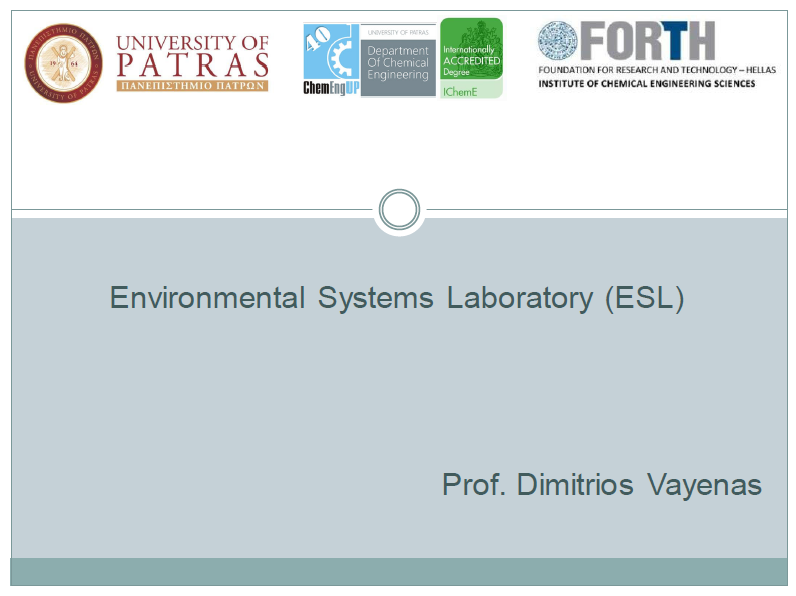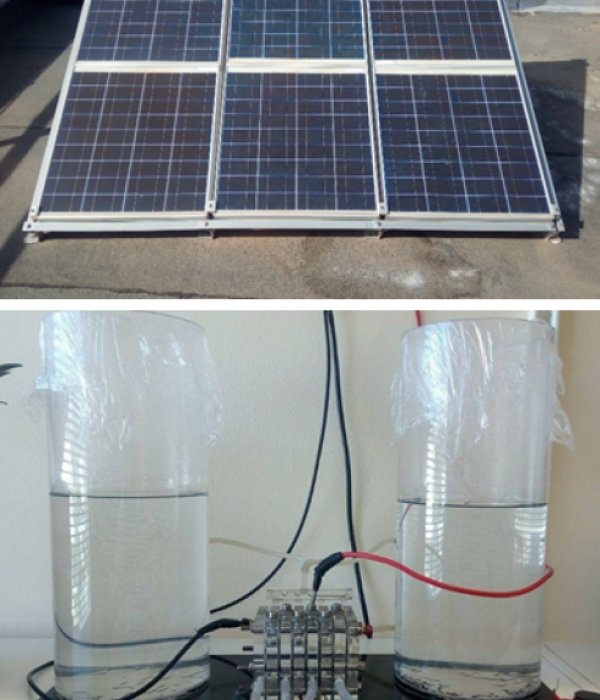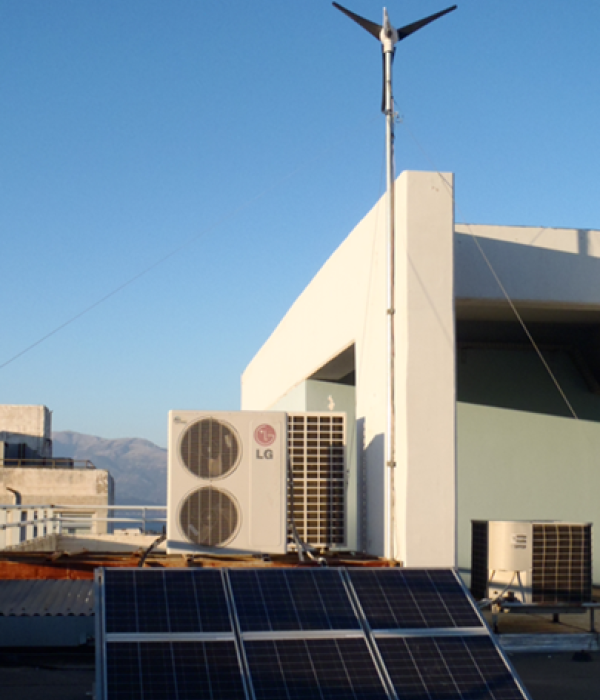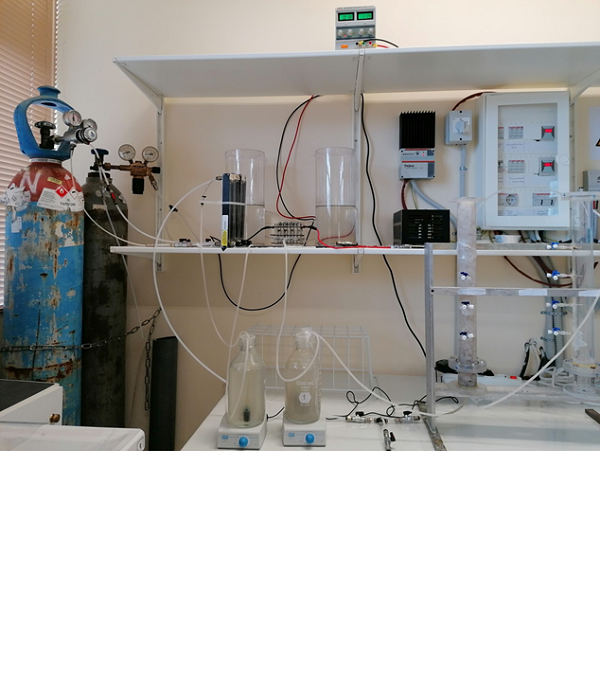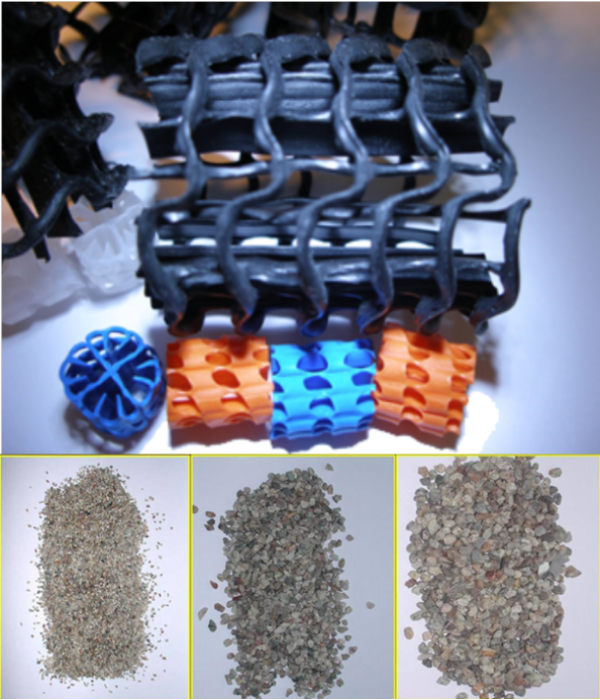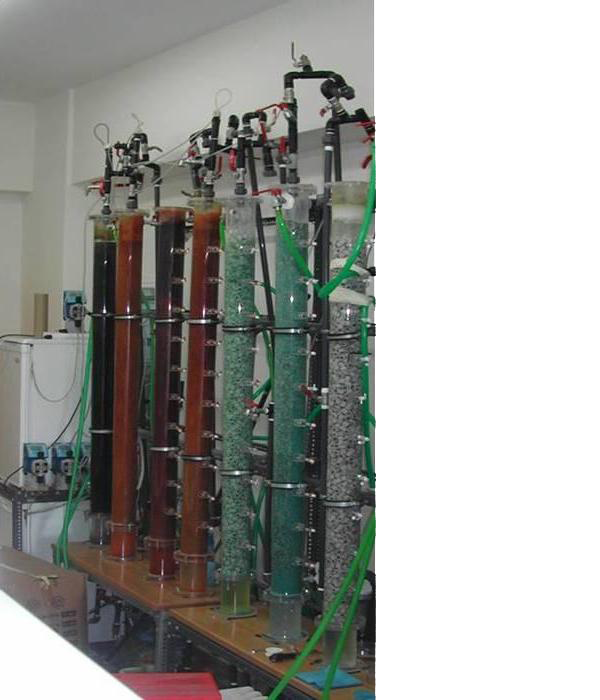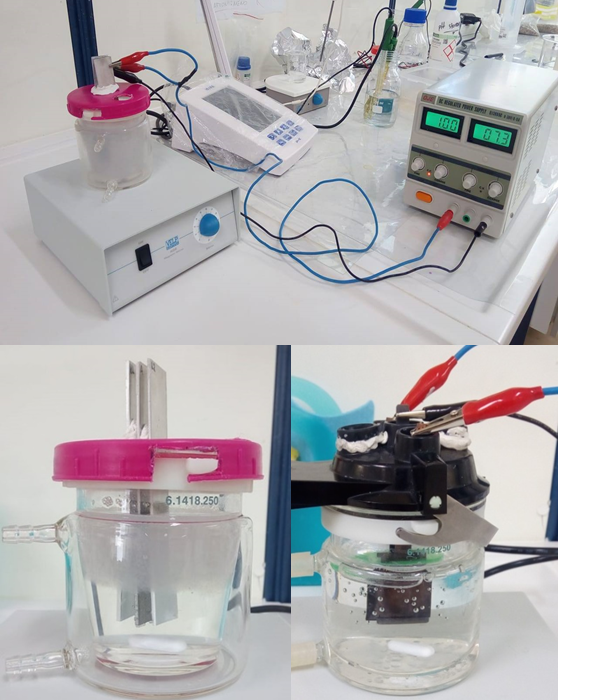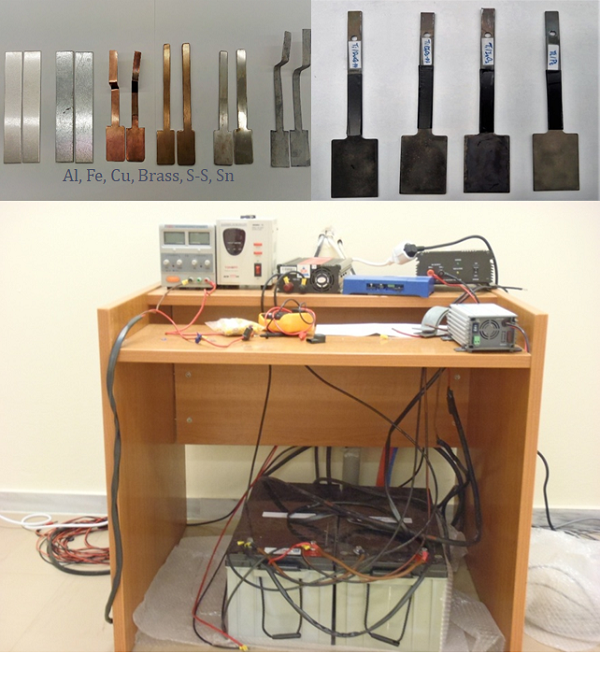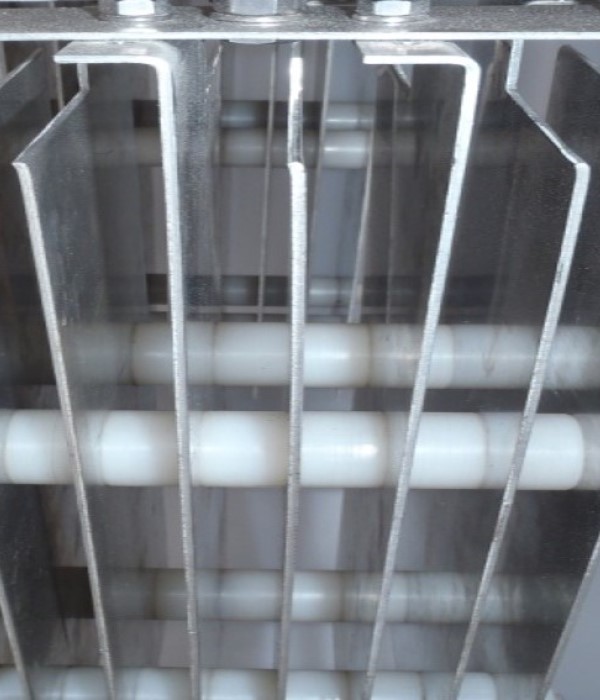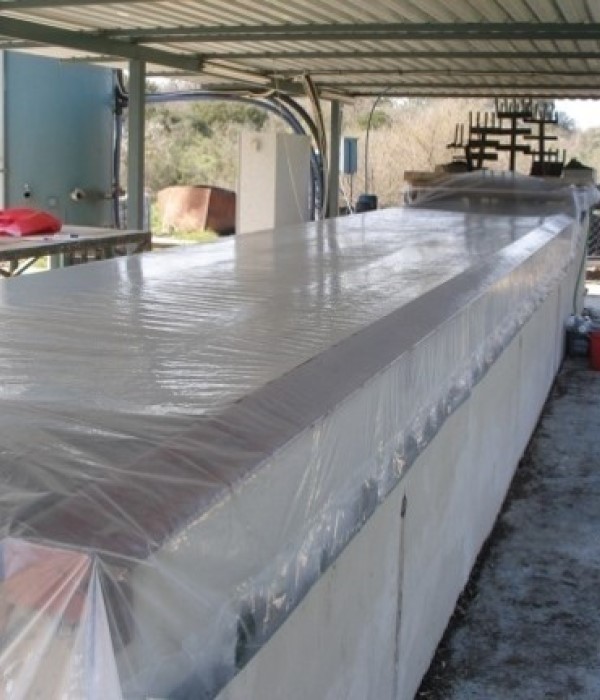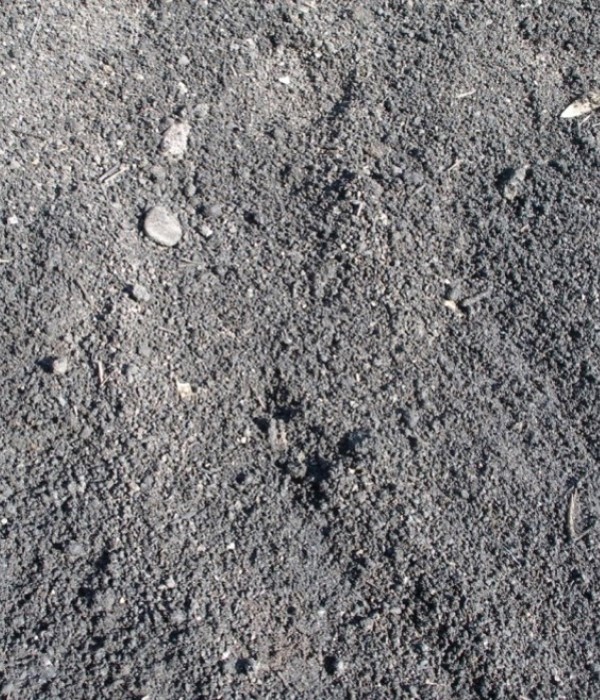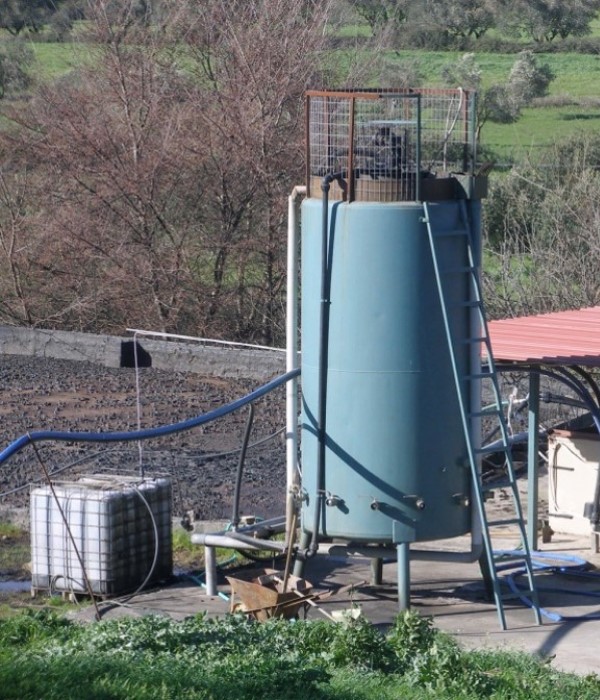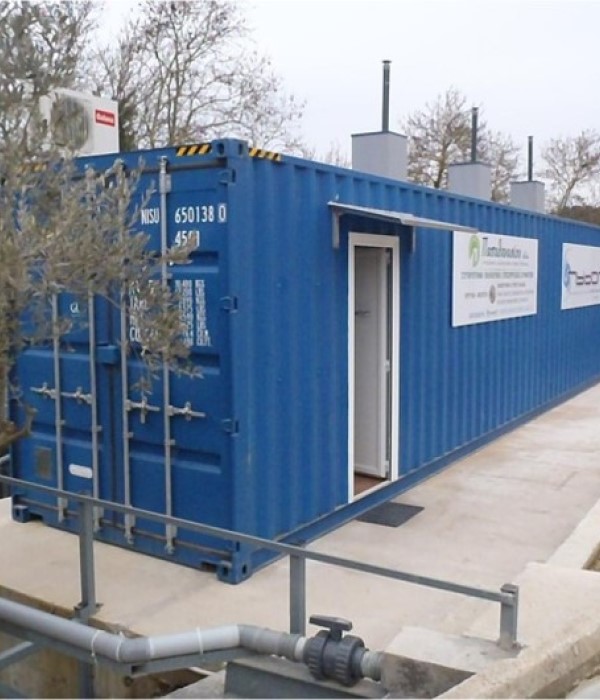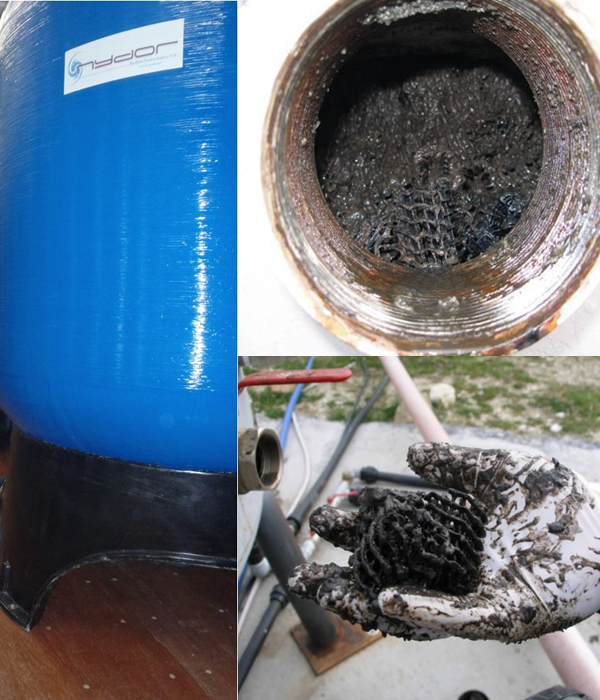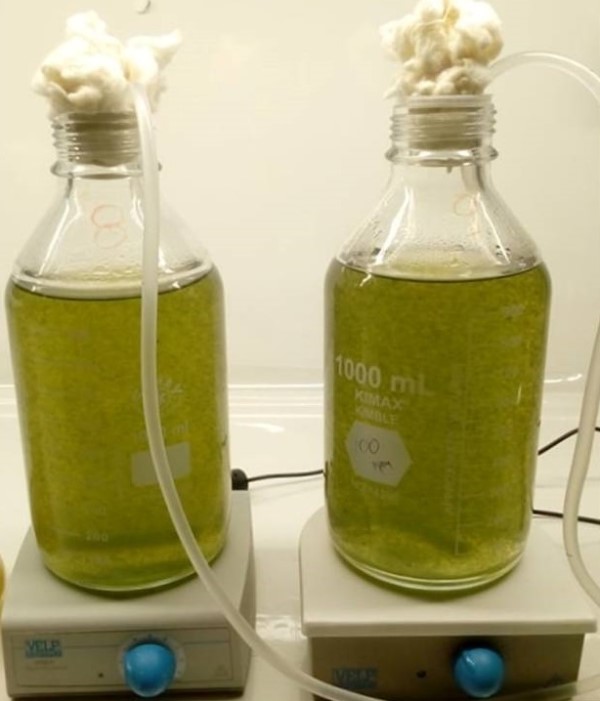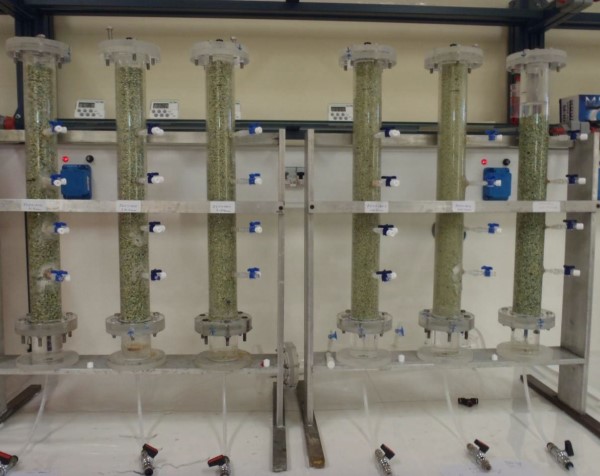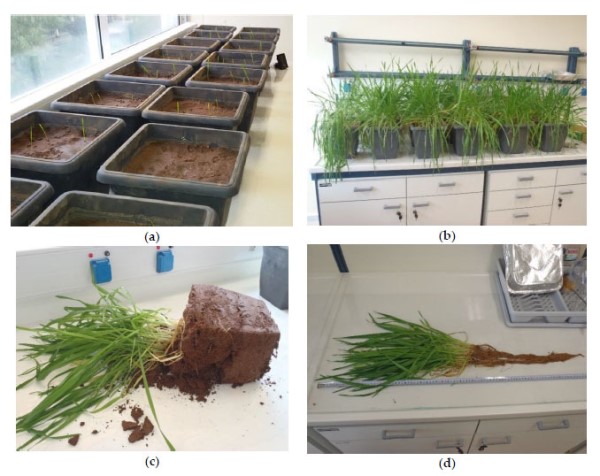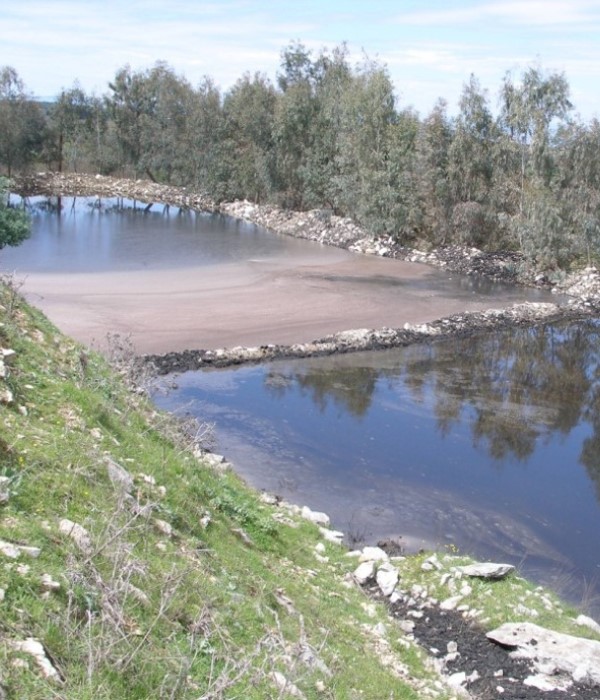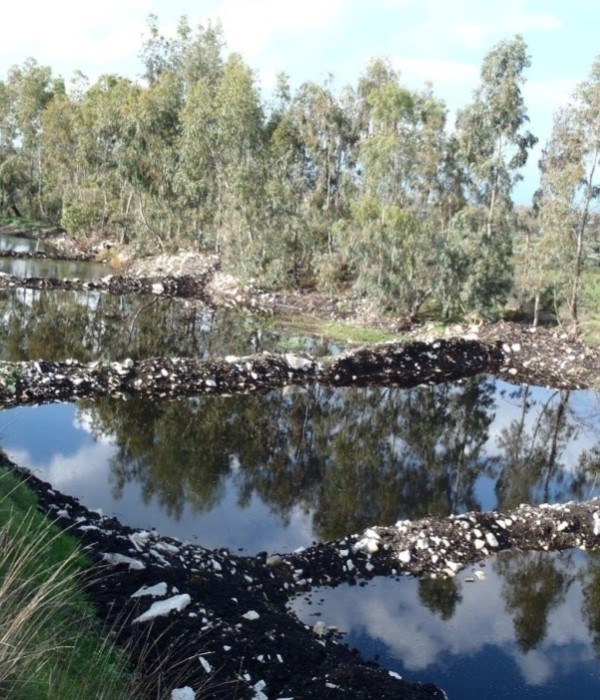
Research Activities of ESLaboratory
In the following link please find the presentation of the research projects conducted at the ESLaboratory and their application to the industry.
Research Activities
Autotrophic Hydrogenotrophic Denitrification
Simulatenous Removal of H2S, NH3, Fe & Mn
Electrochemical Denitrification
Electrochemical denitrification is a treatment method based on the movement and separation of ions in the solution, under the influence of an external electric field. Its assembly consists of cathode and anode electrodes where anions and cations are exchanged. The process takes place on a small electrode surface and no chemicals are used before and after water treatment.
Electrochemical Treatment of Agro-Industrial Wastewaters
Composting
Biological Treatment of Agro-Industrial Wastewaters
Agroindustrial wastes contain large amount of organic and inorganic compounds. For this reason, urban wastewater treatment plants do not accept these wastes untreated and a pre-treatment step is needed. However, the most common practice is to uncontrollably dump them into the environment causing huge pollution problems.

